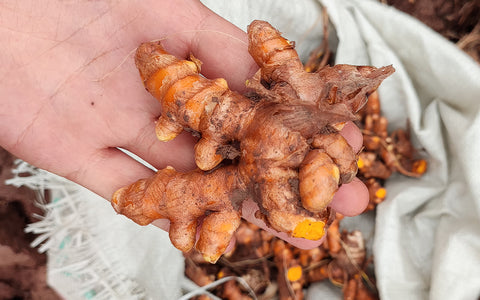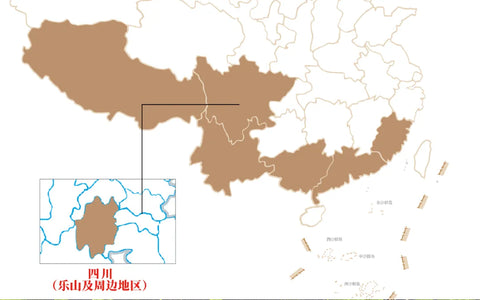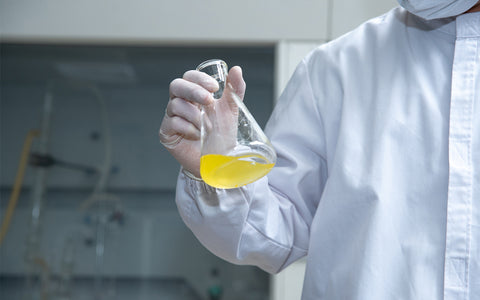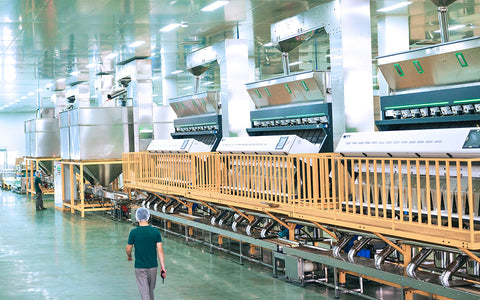This report presents the findings of an inspection of the 2024 turmeric new crop in Sichuan, China. The inspection was conducted by a team from RUSHI in March 2024. The team visited several turmeric farms and processing facilities in the region, and collected samples of turmeric for analysis.

Introduction
Turmeric is a rhizome that is native to Southeast Asia. It is a member of the ginger family and has a bright yellow color. Turmeric is used in traditional Chinese medicine and is also a popular spice in many cuisines.
The main origin of turmeric in China is Sichuan Province. The climate in Sichuan is ideal for growing turmeric, and the province has a long history of turmeric cultivation.

Turmeric Cultivation
Turmeric is a perennial plant that is grown from rhizomes. The rhizomes are planted in the spring and harvested in the fall. Turmeric is a relatively low-maintenance crop and does not require a lot of fertilizer or pesticides.

Turmeric Processing
After harvest, turmeric is washed and dried. The dried turmeric is then ground into a powder. Turmeric powder can be used in cooking, baking, and making tea.

Turmeric Food Safety
Turmeric is a generally safe food. However, there are a few potential food safety risks associated with turmeric. These risks include:
- Pesticide residues: Turmeric may be contaminated with pesticides if it is not grown using good agricultural practices.
- Microbial contamination: Turmeric may be contaminated with bacteria or mold if it is not properly dried or stored.
- Heavy metals: Turmeric may be contaminated with heavy metals, such as lead and mercury, if it is grown in polluted soil.

Conclusion
The 2024 turmeric new crop in Sichuan is of good quality. The crop is free of pesticide residues and microbial contamination. The levels of heavy metals in the crop are within acceptable limits.

Recommendations
The following recommendations are made to improve the quality and safety of turmeric in Sichuan:
- Farmers should use good agricultural practices to reduce the risk of pesticide contamination.
- Turmeric should be properly dried and stored to prevent microbial contamination.
- The government should monitor the levels of heavy metals in turmeric to ensure that they are within acceptable limits.
Table 1: Turmeric Cultivation Practices in Sichuan
| Practice | Description |
|---|---|
| Planting time | Spring |
| Harvest time | Fall |
| Fertilization | Low-maintenance crop |
| Pesticides | Minimal use |
Table 2: Turmeric Processing Steps
| Step | Description |
|---|---|
| Washing | Washed with water |
| Drying | Dried in the sun or in a drying machine |
| Grinding | Ground into a powder |
Table 3: Turmeric Food Safety Risks
| Risk | Description | |
|---|---|---|
| Pesticide residues | Use good agricultural practices | |
| Microbial contamination | Dry and store properly | |
| Heavy metals | Monitor levels and use clean soil |

